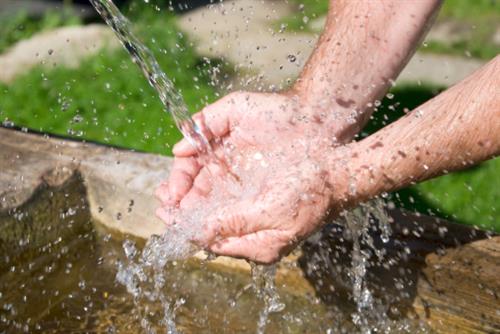Explore our blog featuring articles about farming and irrigation tips and tricks!
Drought-induced Well Use Leads To Sinking Land

For years, farmers and growers have known drought was a problem. Now it turns out the land is sinking… and that’s a problem too. Potentially a much more serious one.
This drought has already caused significant amounts of grief. Farm worker jobs are shrinking at a rapid pace in response to the lack of produce. A look at a drought map shows it has headed east into Nevada and Arizona, and north into Oregon, Washington and Idaho, reducing crops and work there too.
But while droughts may come and go (we hope), the damage this one threatens to cause in the San Joaquin Valley might be here to stay.
Central California Turns to Wells
The lack of rainfall in the past four years has forced farmers and growers to rely on pumped well water instead. While this poses its problems, it is at least better than going without water.
Now, however, it is cause for serious worry. Dams in the area are threatening to overflow… and not because of the massive amounts of water. No, it’s because the land itself is sinking, falling to meet the very low water levels.
The Subsidence Problem
This is not a new issue in California. NBC Los Angeles points out, “subsidence in the San Joaquin Valley farm belt dates back decades, if not close to a century. U.S. Geological Survey scientist Joseph Poland was the first to study it extensively. A landmark 1977 photo shows Poland standing next to a telephone pole marked with signs showing that the ground level in 1955 was nearly 20 feet higher, and more than 30 feet higher in 1925.”
Now, though, the issue is worse than ever before. Essentially, aquifers underneath have been so drained of the water that usually fills them that they are compressing. These aquifers are usually composed of clay, which is malleable.
Dealing with the Problem
Unfortunately, combating the problem is no mean feat. Even fixing the issues this poses for irrigation in the area will require a huge outlay.
“It’s a two-and-a-half-million-dollar problem for the Irrigation District and its General Manager Chris White,” explains NBC Los Angeles. “Apart from the effect on the bridge, the subsidence has reduced the capacity of the canal by more than half. The bridge will have to be replaced with one with higher clearance.”
Assuming irrigation issues can be fixed, the matter of where all the needed water will come from remains, as does the problem of the collapsing aquifers, which can never be replaced.
For now, farmers and growers should do their best to be as economical as possible when it comes to water use. In addition to growing more drought-tolerant crops, where possible, they should use water-efficient systems such as center pivot irrigation or corner pivot systems, which in addition to maximizing water use also require less electricity. Greener approaches like these can’t solve the aquifer problem, but they can most certainly help.
Stay up to date on all T-L news and get alerts on special pricing!


